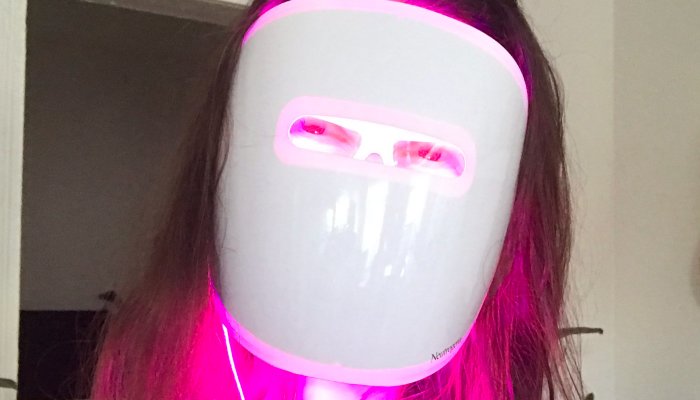
Red light works via a phenomenon called photobiomodulation. “This is where different components of our cells are activated or respond to different wavelengths of light,” board-certified dermatoligist Erum Ilyas, M.D., MBE, FAAD tells mbg.
The exact mechanisms of photobiomodulation are not completely understood, but the effects have been clinically studied1. “Studies seem to show that light acts on the mitochondria of cells which leads to increased production of different factors that increase the proteins and factors that allow cells to communicate,” Ilyas explains.
By allowing the cells to communicate, red light therapy essentially helps your skin work more effectively. “This may help stimulate collagen production and other factors that help with skin remodeling,” Illyas says.
And one of the easiest ways to explain how red light (RLT) and other low-level light therapies work is to compare it to other traditional skin care devices like lasers and intense pulsed light (IPL).
“Lasers traditionally work by causing controlled damage in the skin in an attempt to trigger an inflammatory reaction,” she notes. This can result in positive changes such as wrinkle reduction, improved hyperpigmentation, or reduced redness, Ilyas says.
“Red light therapies and other LLLTs are different in that they are atraumatic to the skin,” she says. Meaning that instead of creating microtraumas that trigger healing, they start to positively impact the skin right away. Pretty cool, right?
The best part? “The effects are seen without the discomfort, healing time, and possible reactive swelling that are seen with traditional laser and IPL platforms,” she notes. Translation: You’re tending to the skin on a cellular level without a bunch of negative side effects—more on that in a bit.
